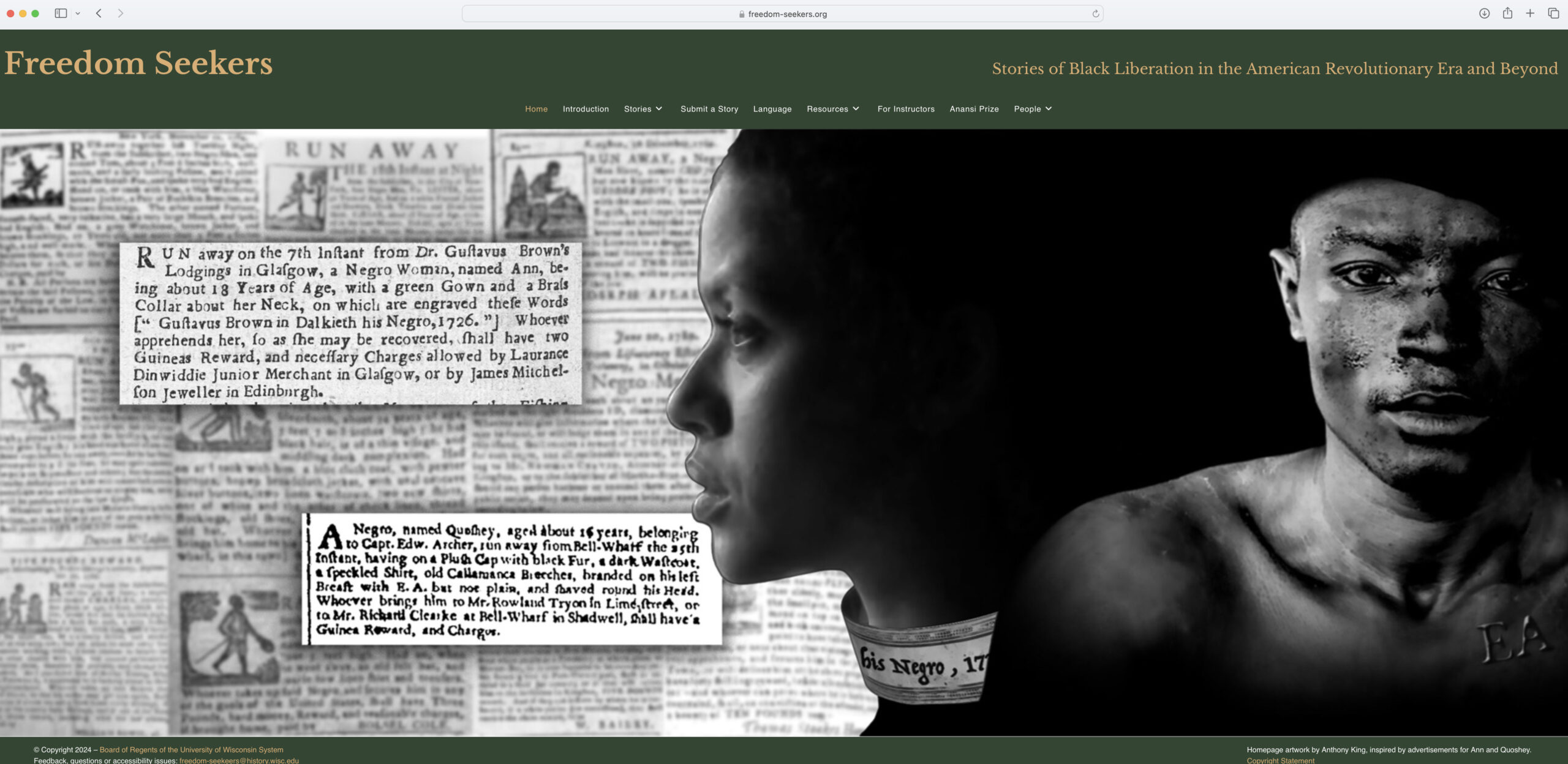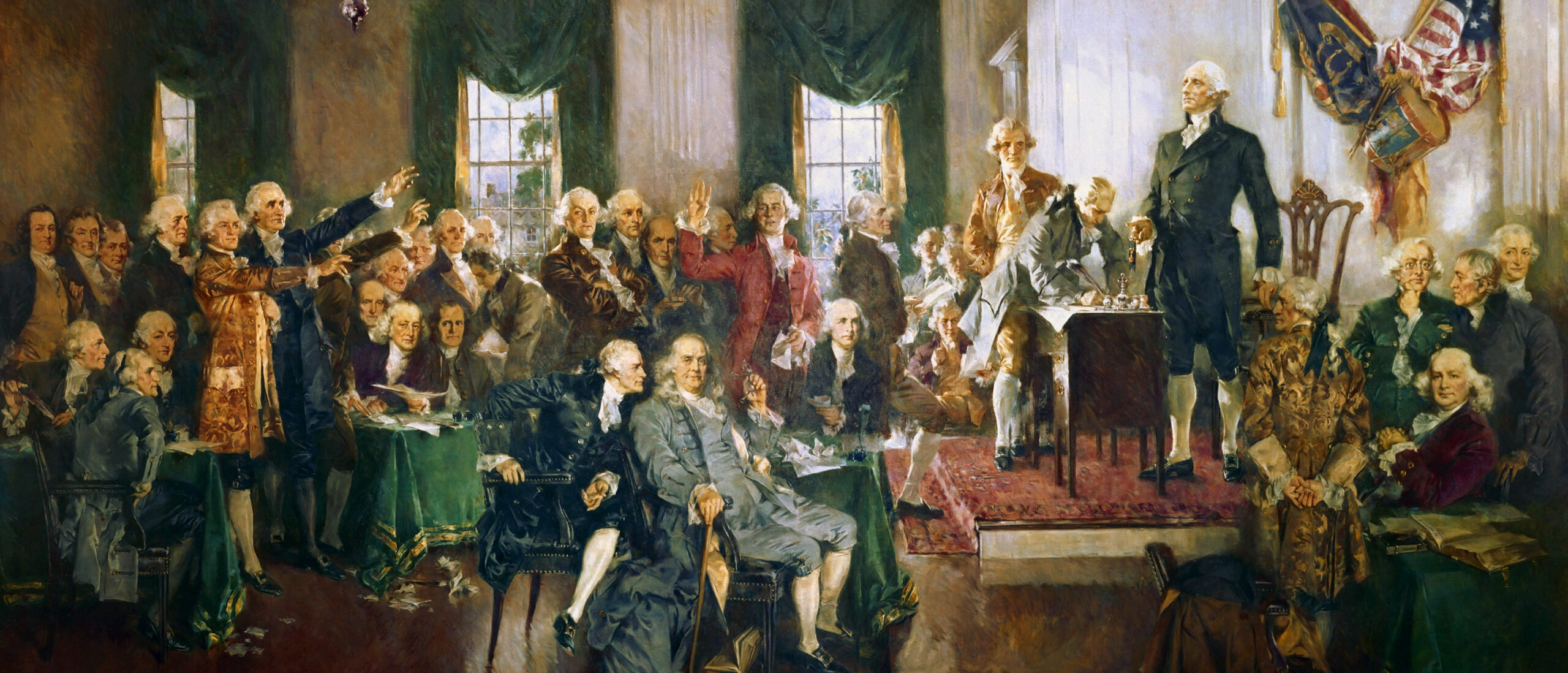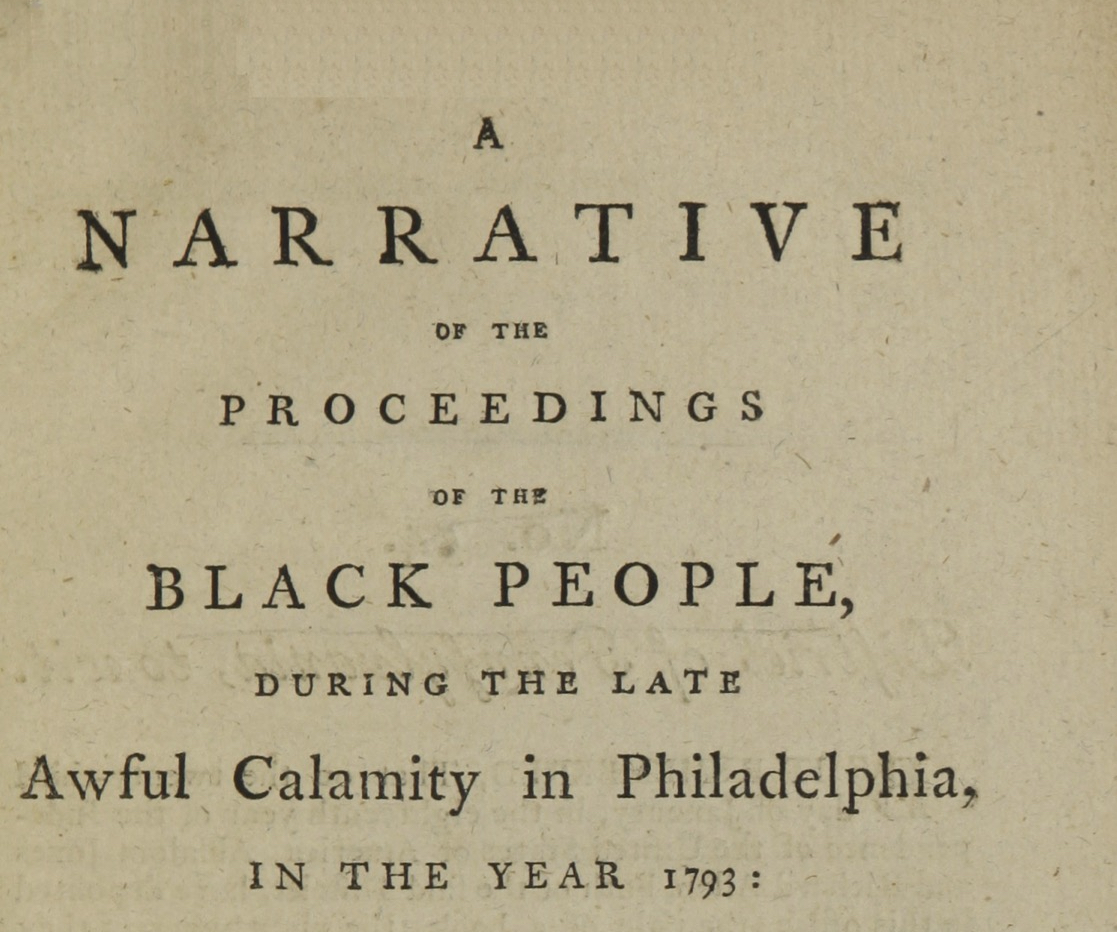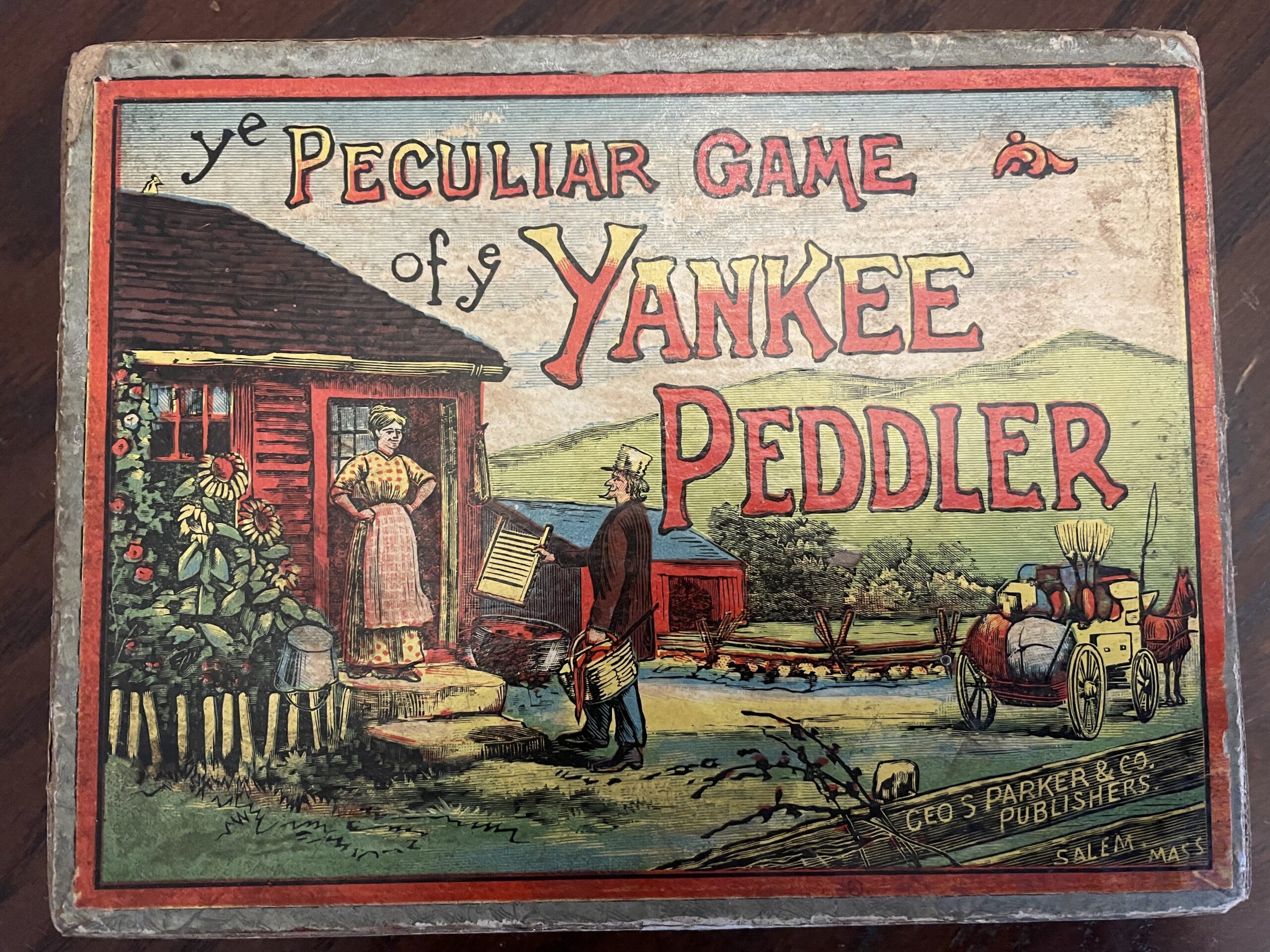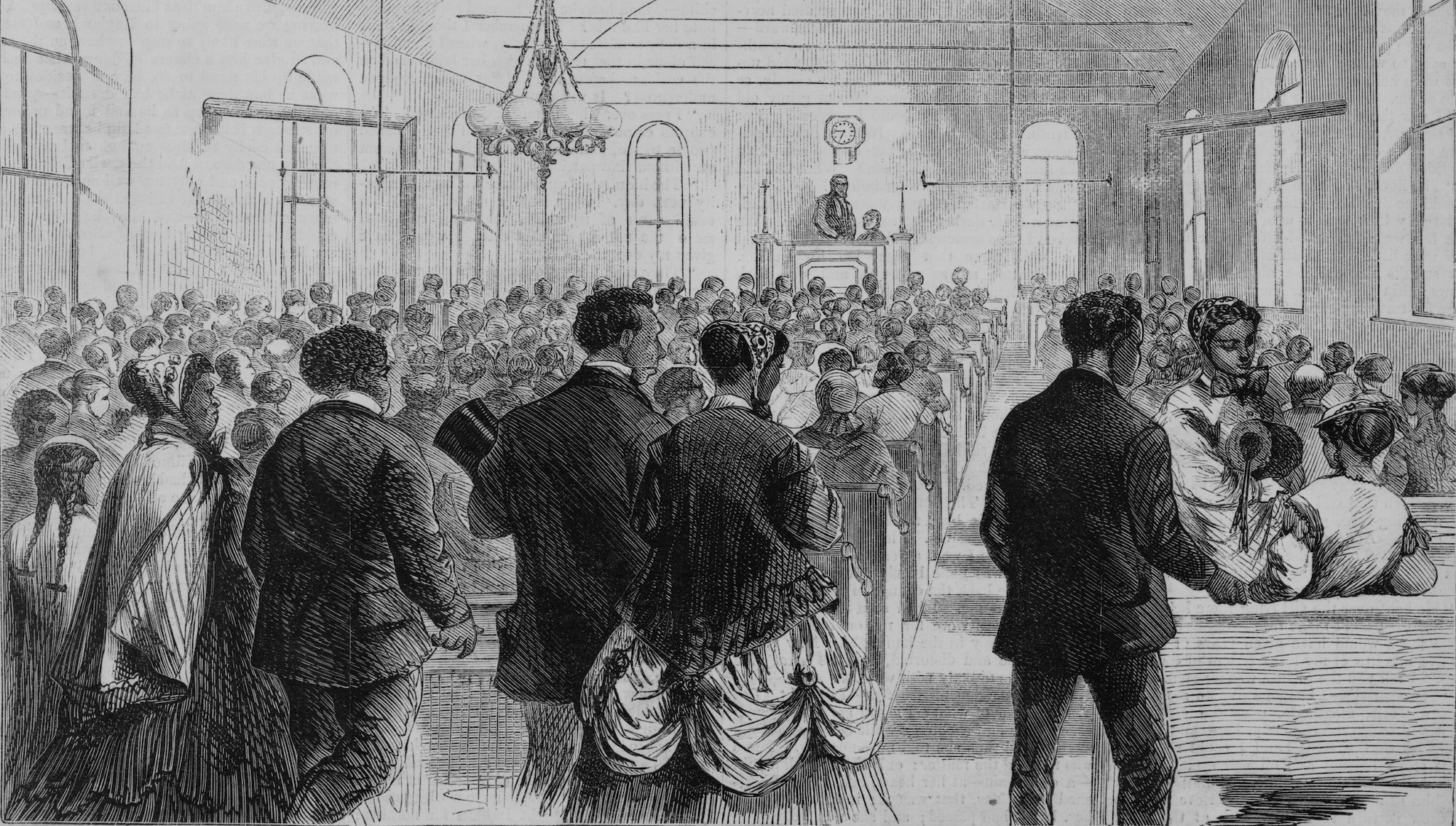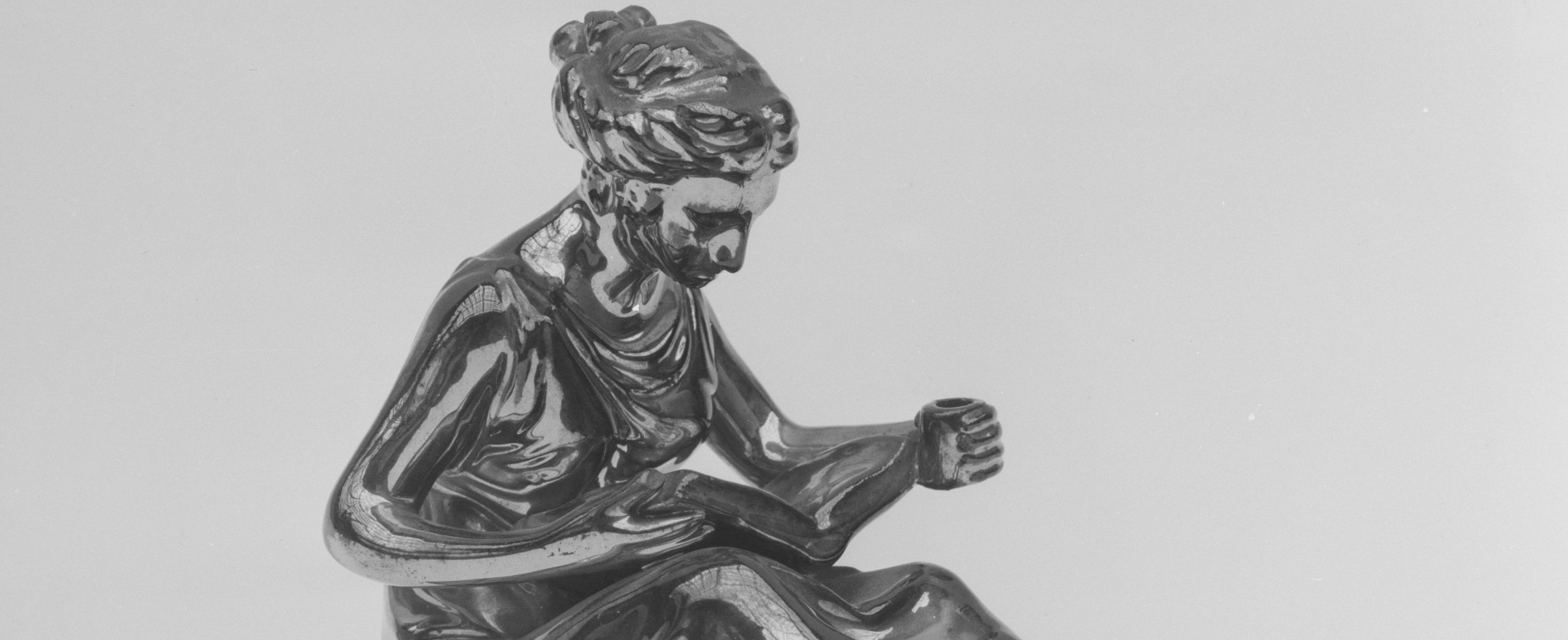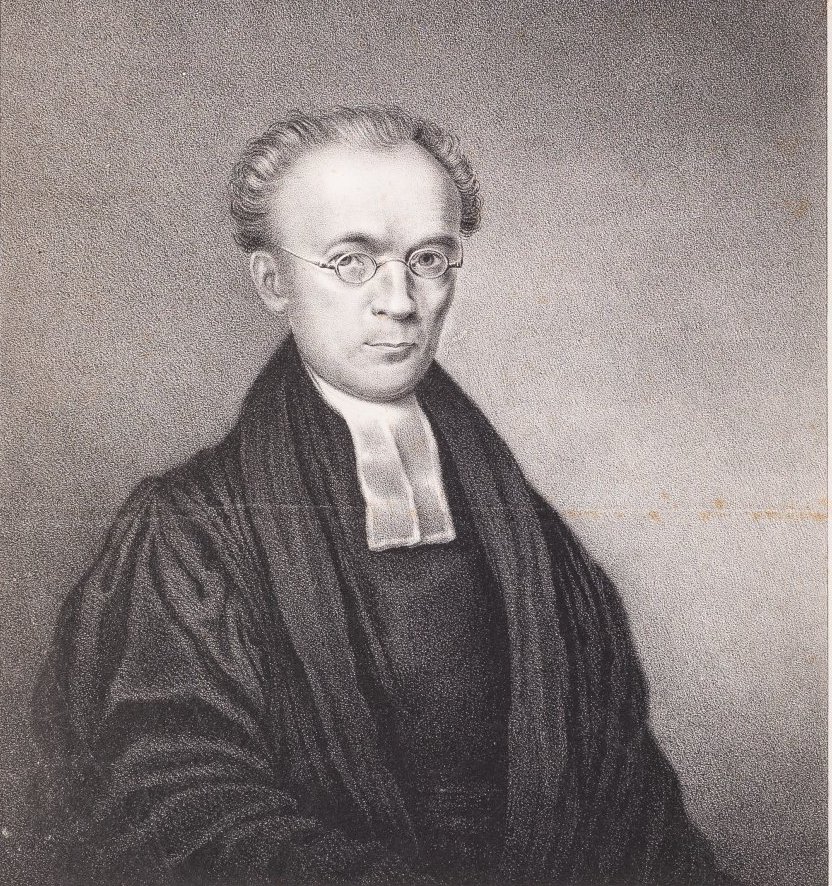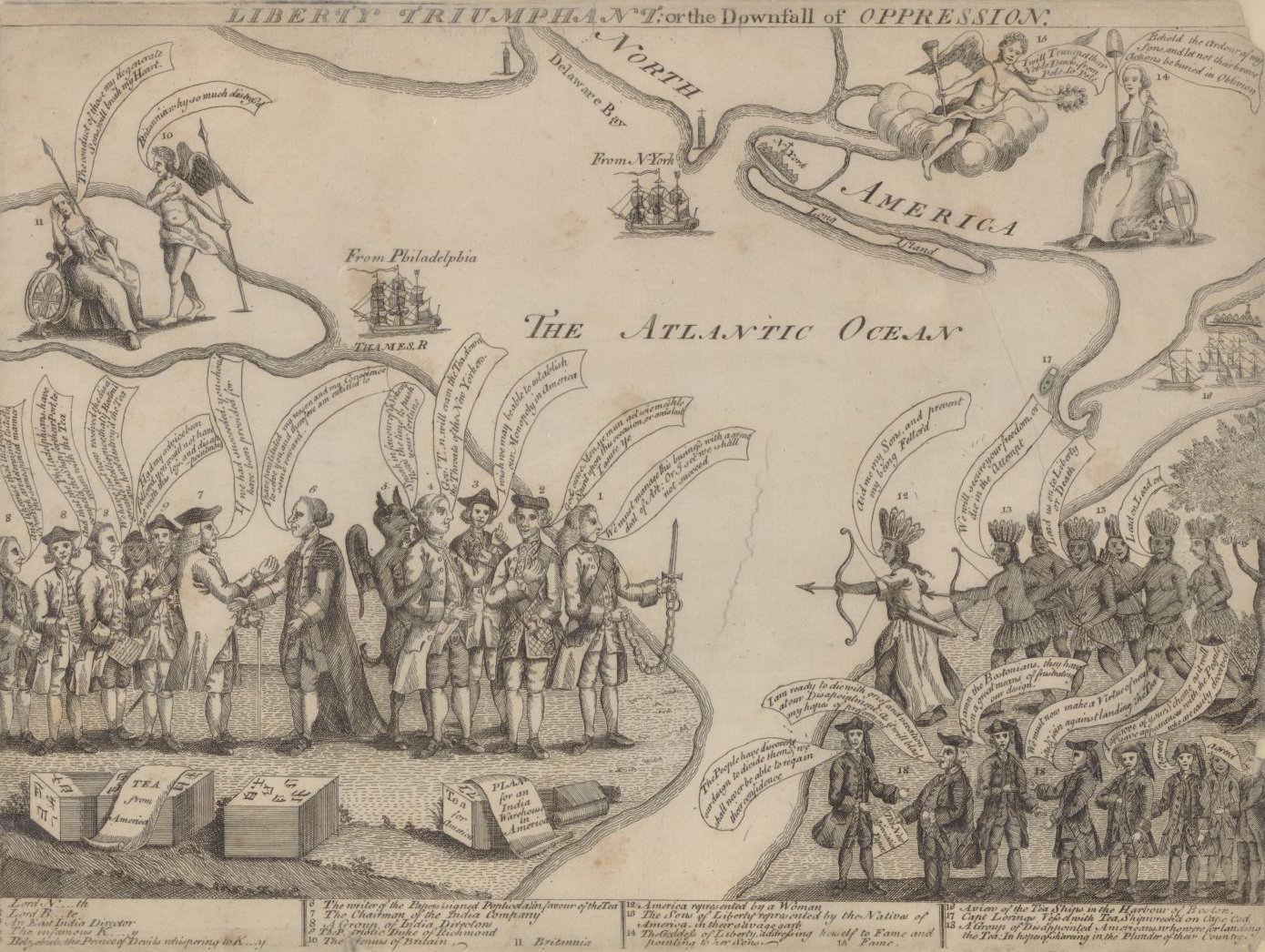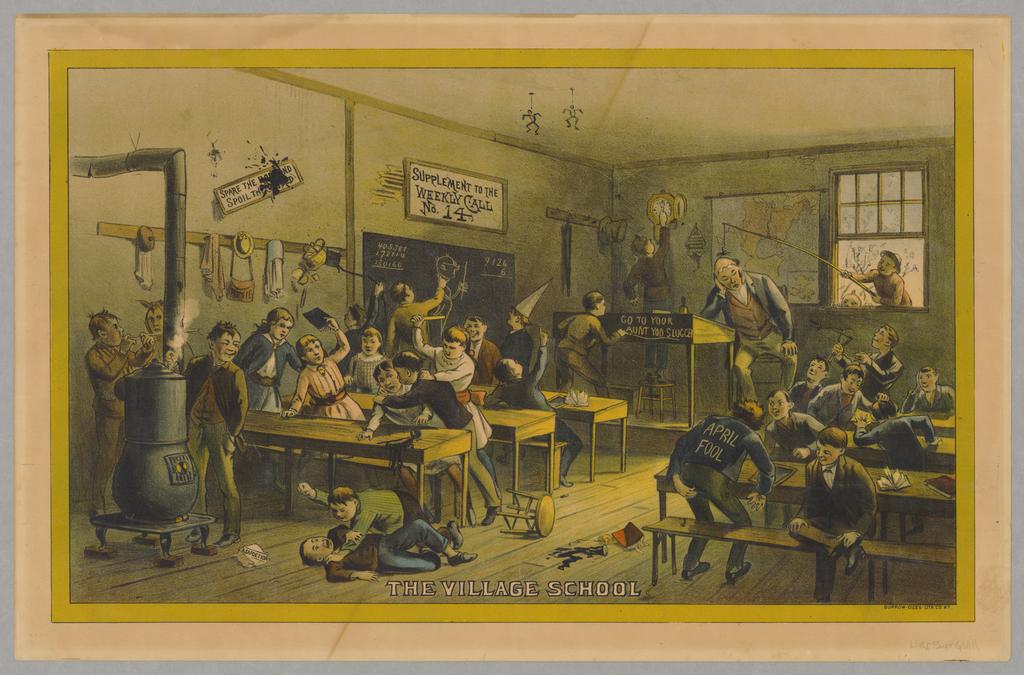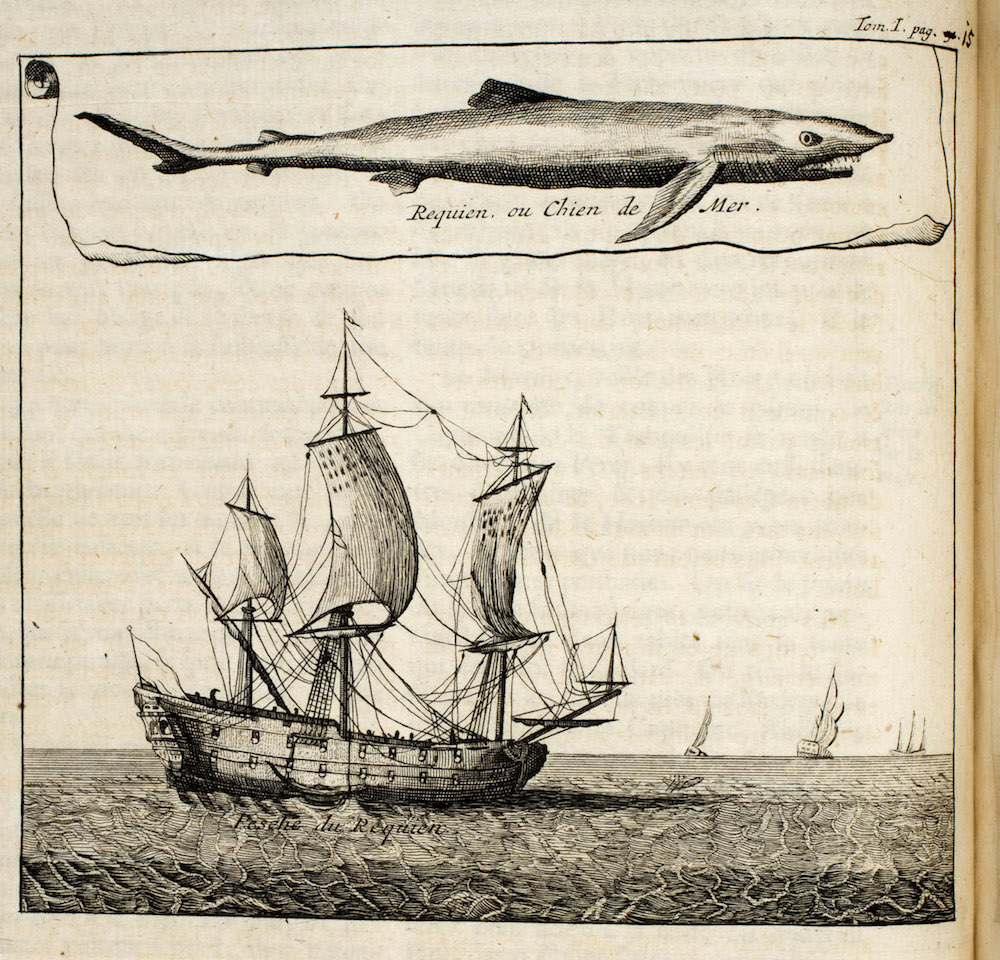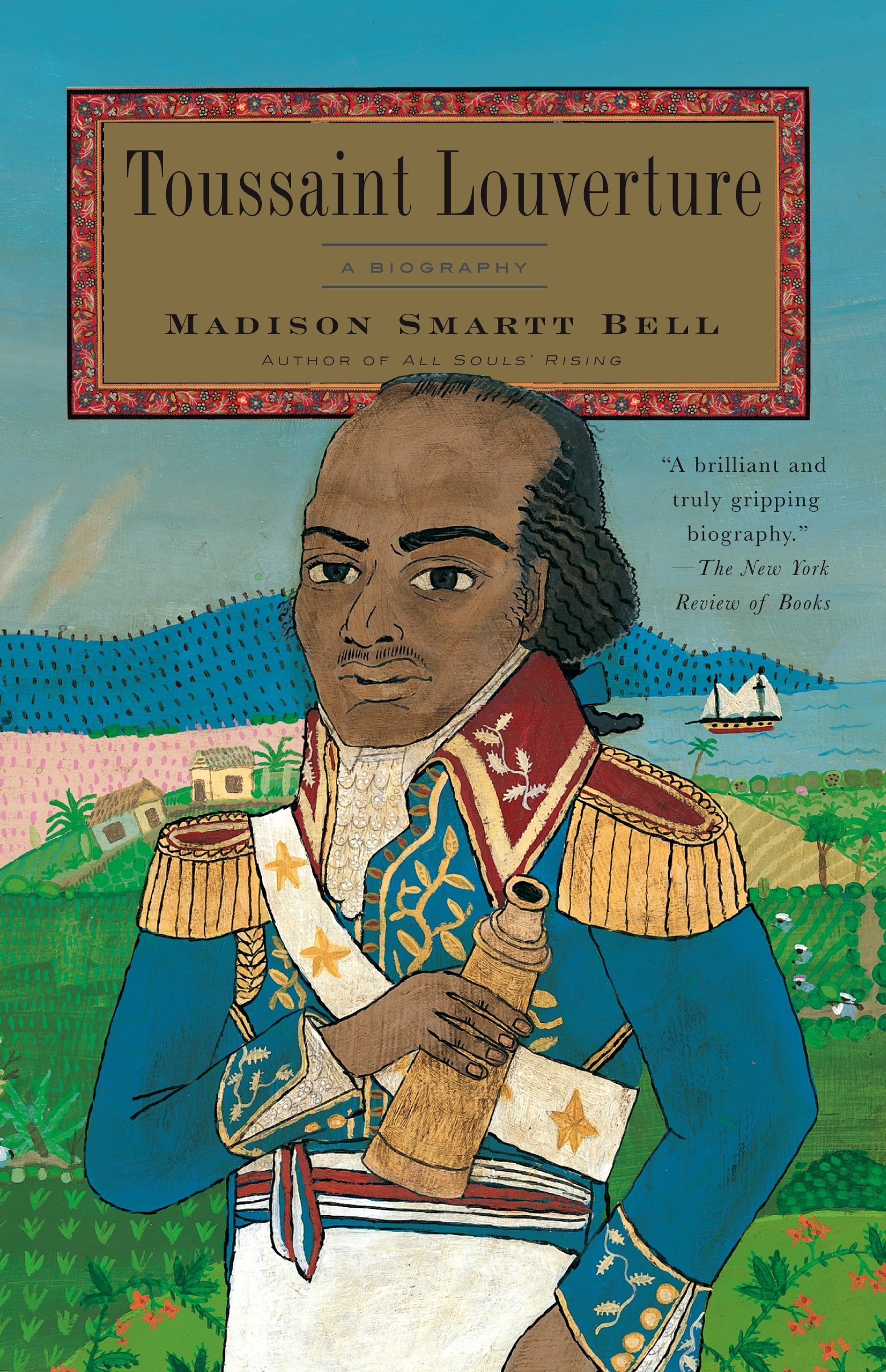I had been working on Trials of Intimacy, my study of the Beecher-Tilton Scandal of 1874-75, for several years when I hit a brick wall. My research had persuaded me that there was no way to know whether Henry Ward Beecher had indeed, as his former best friend and disciple Theodore Tilton charged, committed adultery with Tilton’s wife, Elizabeth. The documents were too spotty and ambiguous. The trial transcript of 1875 contained credible testimony on both sides. The “preponderance of the evidence” in this civil case did not point one way or the other. Yet I had gone into the project determined to resolve the adultery question: to know what had really gone on between Beecher and Mrs. Tilton, both of whom had acknowledged their fondness for one another, but heatedly denied that sexual intimacy had taken place. (Mrs. Tilton changed her story in 1878 and said the adultery had occurred, but there was ample reason to distrust her new claim–as well as her old one.)
For a while I wondered if I should simply bow out with an article about the impossibility of writing “historically” about the scandal. Then one day it dawned on me. My implicit definition of “history” was too narrow. I might not be able to look back on the Beecher-Tilton Scandal and tell the story of what had happened, but I could look back at the stories each of the principals had told about what had happened. Those stories had a great deal to say about the multiple cultures–religious, secular, northern, middle-class–that these people inhabited. In this instance the stories told were not simply raw material from which the facts were to be extracted; they were the facts.
The realization that my history would be the story of these stories did not mean I had to give up on objectivity. It meant I could reaffirm the goal of objectivity by rejecting the practice of earlier historians who had written about the scandal and forced the documents to deliver a yes-or-no verdict on the adultery question. In this case, I believed, objectivity meant refusing to come to a conclusion about what had “really happened.”
That insight was a relief on the one hand, but a cause of further perplexity on the other. I now had to find a strategy for conveying an array of conflicting stories, and for continuously alerting the reader to the indeterminacy of my narrative. I needed a form that would let me keep saying to the reader, in effect, “Please don’t expect a single true story of these events. There is none.”
Several more years passed before I settled on my form: a reversal of chronology. I would start with the principals’ deaths and the last accounts other people gave of them. Next I would treat the final stories they told about themselves and each other in the postscandal years, followed by the narratives of the scandal era itself. After that I would take up the period in which they tried to cover up whatever it was that had happened among them. Finally I would tell the stories of the prescandal period, when Beecher and the Tiltons were plainly in love (each of the three was avowedly in some kind of love with the other two). The resulting treatment wasn’t completely backwards, but a hybrid of backward and forward motion. The main blocks of time were taken up in reverse order, but within each time block the motion was forward as much as backwards.
In telling the story backwards, I was working toward several goals at once. First, the form of the book would keep reminding the reader about the multiplicity of the stories. Knowing my own default position about history-writing–that the historian’s job is to come up with “the” story of what occurred–I wanted to make it hard for other people to revert to that expectation.
Second, the reverse order would let me highlight Beecher’s and the Tiltons’ actual experience of looking backwards. Each of them spent many agonizing moments thinking about the past, pondering the tragic tangle that had undone them, arriving at the kind of retrospective self-knowledge that Olive Chancellor reached in The Bostonians.“These hours of backward clearness,” James wrote (in chapter 39), “come to all men and women, once at least, when they read the past in the light of the present, with the reasons of things, like unobserved finger-posts, protruding where they never saw them before. The journey behind them is mapped out and figured, with its false steps, its wrong observations, all its infatuated, deluded geography.”
One of my primary aims throughout the book was to recount the lives of Beecher and Tilton as they had actually lived them, an aim that I knew was impossible to realize fully, but believed was possible in part. For them, looking backwards was as basic to lived experience as looking forward.
In addition, going in reverse would allow me to put the surviving scandal documents at the dramatic core of the book. The events of the prescandal years–the period of Beecher’s and the Tiltons’ acknowledged love–are known to us largely because of documents produced during the scandal. Treating the 1870s before the 1860s highlighted the fragility of our knowledge of their lives in the 1860s: it is derived from the self-interested letters, memos, and testimony produced during the mudslinging of the 1870s.
Finally, the backward strategy would enable me to work my way up to what was for me the most significant part of the narrative: the passionate loving of the 1860s. For me that was the most significant part of the story historically as well as dramatically. Historically because it illuminated the midcentury romanticization of liberal Protestant and middle-class northern culture (a romanticizing that had been discredited by the late 1870s, partly because of the Beecher-Tilton Scandal). Dramatically because it made the early relations of Beecher and the Tiltons–when they gave a trial run to a new kind of intimacy–all the more poignant. Encountering the principals’ romantic effusions of the 1860s at the end of the narrative, readers could re-experience them as pregnant with the disasters to come.
I am not a missionary for backward chronology. I knew it would pose difficulties for the reader. Reviewers and readers seem to be about evenly split about whether the strategy “worked.” Publishers were, too: an editor at a trade house was very interested initially but told me they couldn’t do the book unless I turned the chapters around. “Readers like their history straight,” she said. My next project, a cultural history of Jesus in America, moves chronologically in the main, with some movement across time.
Still, I do think other writers may want to consider a strategy similar to the one I adopted in Trials of Intimacy. There are three situations in which some kind of reverse chronological order may be especially useful. One is biography, or any kind of cultural or intellectual history in which a person’s or a group’s developing consciousness is at the center of the story. When the events of the history are events of consciousness, “hours of backward clearness” come into play and may be best rendered through some kind of backward motion.
Backward narration may also be well suited to histories in which the documentary evidence itself needs to become part of the narrative. Here the consciousness of the historian comes prominently into play, not in the sense that the story is about him or her, but in the sense that his or her (and implicitly the readers’ own) deliberations about the evidence are essential to understanding the facts. Here the process of deciding what the facts really are is made central to the story.
Reversing the chronology might also be an apt strategy when a historian is tracing the development of a tradition of interpretation. When the next Merrill D. Peterson traces the postmortem reputation of a Jefferson or Lincoln, or a Jane Addams or W. E. B. Du Bois or any other continuously influential person, I hope he or she considers starting with the present and moving backwards. The present in which the historian writes contains the inheritance of all of the earlier viewpoints, however mangled, tangled, or apparently forgotten they may be. Working back through this dense fabric of interpretation can emphasize the ways in which our own vantage point has been constructed out of earlier strands. Taking this reverse motion into the years of the subject’s own life can deliver readers to the knowledge that the life was subject to interpretation even as it was being lived.
Writing a book in reverse chronological order does put demands on one’s readers. But it does not put them in a straitjacket. As one recent reviewer of Trials of Intimacy informed me, she read the book backwards.
This article originally appeared in issue 1.2 (January, 2001).
Common-place asks Richard Wightman Fox, professor of history at the University of Southern California, whether he thinks the largely backward-moving narrative he uses in his recent book, Trials of Intimacy, is a strategy other historians might want to try.




